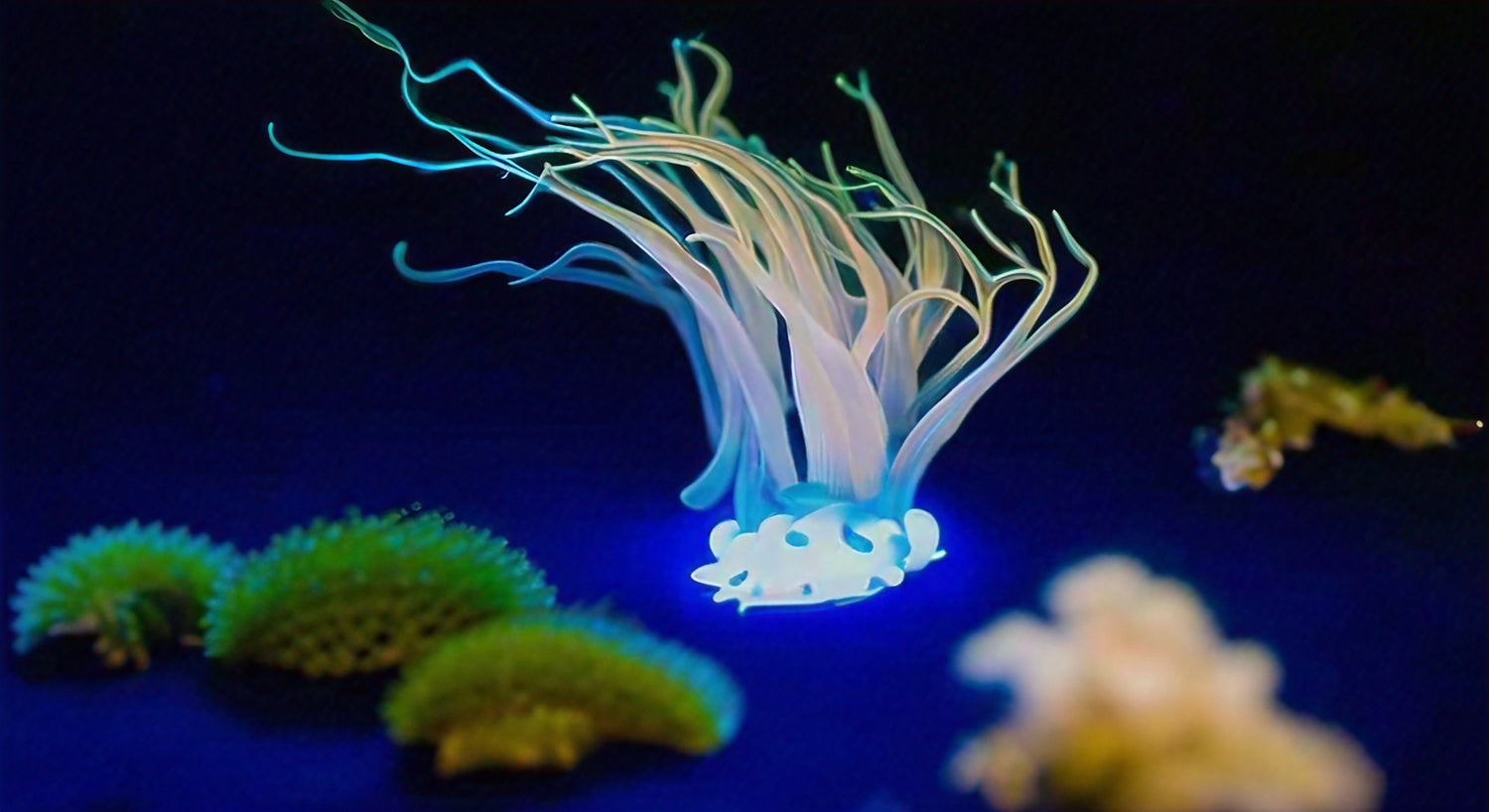Neon Nature: Bioluminescence and the Neon Connection
Have you ever marveled at the ethereal glow of a firefly on a warm summer night? Or been captivated by the shimmering waves caused by bioluminescent organisms in the ocean? These mesmerizing displays are the result of a fascinating natural phenomenon known as bioluminescence.
What is Bioluminescence?
Bioluminescence is the production and emission of light by living organisms. It is a rare and remarkable ability found in various species, including bacteria, fungi, insects, fish, and marine creatures. Unlike the light produced by a bulb or the sun, bioluminescence is a cold light, meaning it produces very little heat.
Scientists have been studying bioluminescence for centuries, and they continue to make incredible discoveries about its intricacies. The diversity of luciferin molecules and the unique ways in which organisms utilize bioluminescence is a testament to the wonders of nature and the complexity of life.
The Chemistry Behind the Glow
The glow of bioluminescence is a result of a chemical reaction. It involves two key components: a luciferin molecule and an enzyme called luciferase. When these two substances combine with oxygen, they produce light. The color of the light emitted can vary based on the specific chemical makeup of the luciferin molecule.
Scientists have identified a wide range of luciferin molecules, each with its own unique properties. For example, fireflies produce a luciferin molecule that emits a greenish-yellow glow, while deep-sea organisms generate luciferins that emit blue or green light. This diversity allows different species to create distinct light patterns and colors.
Bioluminescence in Nature
Bioluminescence serves various purposes in nature. Some organisms use it as a defense mechanism, creating a bright flash to startle or confuse predators. The anglerfish, for example, dangles a bioluminescent lure in front of its mouth to attract prey. Others use it for communication, attracting mates or signaling to members of the same species. Fireflies, with their enchanting glow, engage in elaborate light displays to find their partners.
In the depths of the ocean, where sunlight cannot penetrate, bioluminescence takes on a whole new level of importance. Many marine creatures possess bioluminescent organs or structures that help them navigate, find food, or evade predators. The deep-sea anglerfish, for instance, uses a bioluminescent lure to attract prey in the darkness of the abyss.
The Neon Connection
Did you know that the word 'neon' actually comes from the Greek word for 'new'? Neon is a chemical element known for its distinctive bright, colorful glow when electrified. The similarity between the neon lights we see in cities and the bioluminescence in nature is striking.
Both neon lights and bioluminescence rely on excited electrons. In the case of neon lights, electricity excites the electrons in the neon gas, causing them to emit light. Similarly, in bioluminescence, a chemical reaction excites electrons in the luciferin molecule, resulting in the emission of light.
Appreciating Neon Nature
Neon nature reminds us of the incredible diversity and beauty found in the natural world. From the gentle glow of fireflies to the stunning light shows in the depths of the ocean, bioluminescence offers a glimpse into the wonders of life.
Scientists are still unraveling the mysteries of bioluminescence and its potential applications. Some researchers are exploring ways to harness the power of bioluminescence for energy-efficient lighting solutions. Others are investigating the use of bioluminescent organisms as indicators of environmental health.
By studying bioluminescence, scientists hope to gain insights into the evolution of life on Earth and potentially discover new sources of light-based technologies.
Next time you encounter the magical glow of bioluminescence, take a moment to appreciate the neon connection and marvel at the amazing ways in which living organisms can illuminate our world.



Leave a comment
This site is protected by hCaptcha and the hCaptcha Privacy Policy and Terms of Service apply.